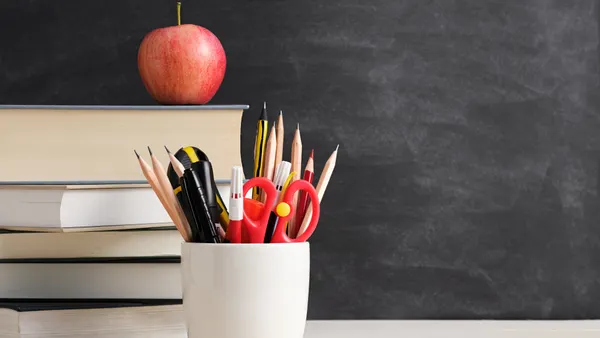Dive Brief:
- In Seattle Public Schools, students from 22 middle and high schools are in the third year of a four-year program that helps 8th-graders prepare for high school and smooths the transition for incoming 9th-graders, Education Week writes.
- Families are included in the program, which gives students everything from T-shirts to guidance on how to keep up with schoolwork, and parents learn how to access their student’s work so they stay on track for graduation. Schools also use apps to send texts to families in more than 30 languages.
- Researchers involved in the program have made shifts based on their observations, such as ending the use of sign-in sheets at welcome events after they created long lines before people could get in to attend.
Dive Insight:
The transition from middle school to high school can feel like a big leap — for students and their parents. Every transition is a milestone in a child’s life. But high school brings unique responsibilities: these are the years that also mark the shift between leaving childhood and becoming an adult.
Curriculum administrators are rightly focused on making sure students have the proper education throughout their high school years, so they’re ready for their next step, whether that’s a career or college. But emotional preparation can also help students feel supported so they can better focus on their academic work. That support can also start at the end of elementary school, where students go from having just one teacher throughout the year, to multiple teachers during the day in middle school.
Assigning counselors to students when they enter high school and even middle school — those who stay with them for their entire four years — is one line of stability administrators can put in place. Another is assigning student mentors, as suggested by the Association for Supervision and Curriculum Development, where freshman who had older students they could tap for advice “…viewed the mentors as working hard to help them,” noted the group.
The goal should be to create as many reinforcements as possible, so students know there are guardrails to protect them as they move forward.





 Dive Awards
Dive Awards



